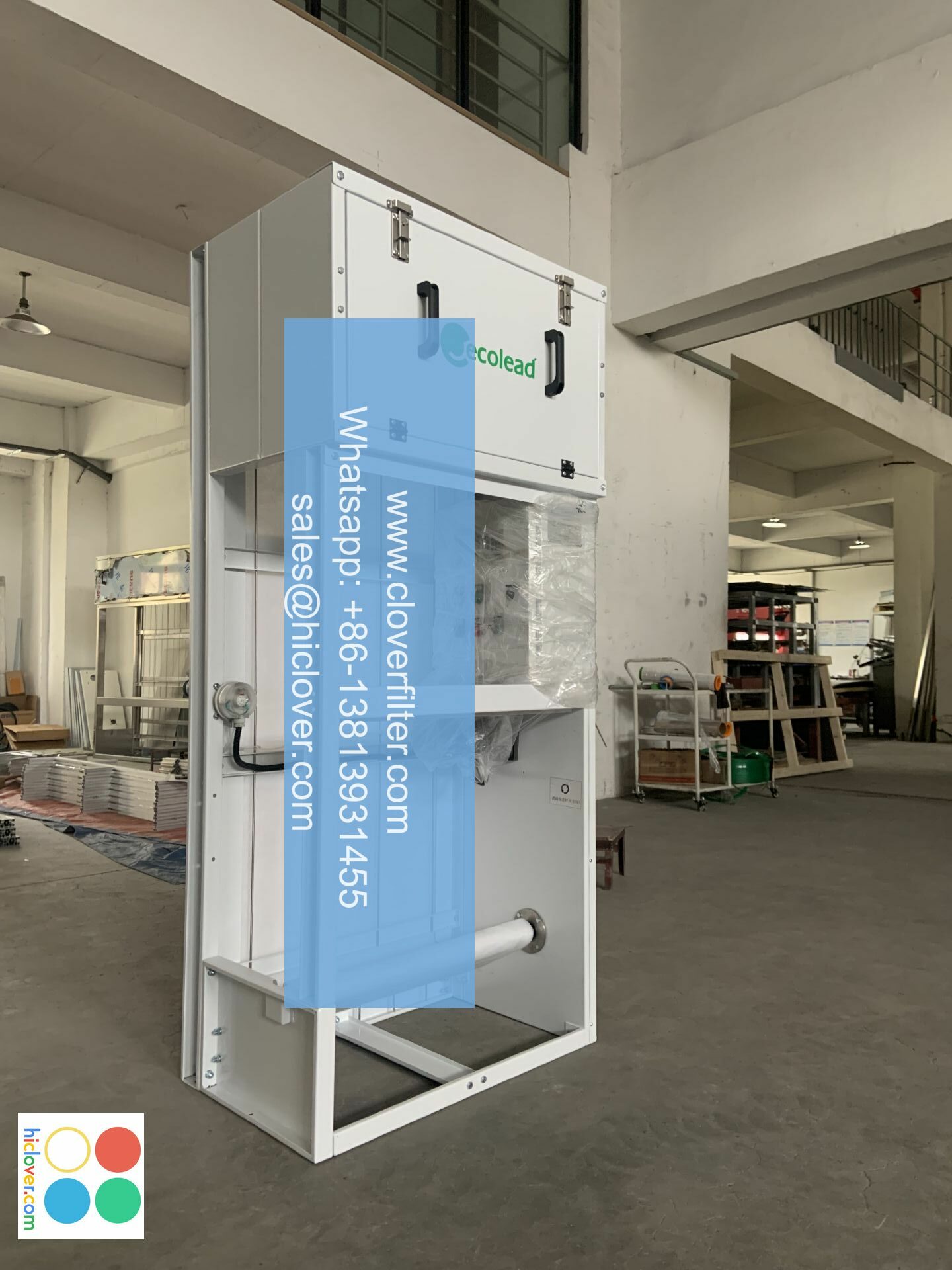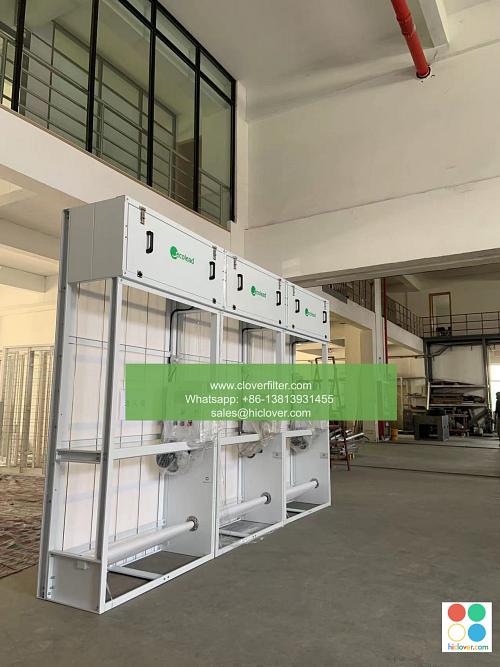Air Filter Distribution: A Guide for Building Envelope Designers

As a building envelope designer, ensuring optimal indoor air quality (IAQ) is crucial for occupant health, comfort, and productivity. One critical aspect of achieving good IAQ is the effective distribution of air filters throughout the building. In this article, we will explore the importance of air filter distribution, its impact on building envelope design, and highlight various application areas where it can be applied.
Understanding Air Filter Distribution
Air filter distribution refers to the strategic placement and integration of air filtration systems within a building’s HVAC (heating, ventilation, and air conditioning) infrastructure. The goal is to provide a consistent and efficient supply of clean air to all areas of the building, while also minimizing the risk of airborne contaminants and pollutants. By incorporating air filter distribution into building envelope design, designers can create healthier, more sustainable, and energy-efficient buildings.
Key Considerations for Air Filter Distribution
When designing air filter distribution systems, building envelope designers must consider several key factors, including:
* Airflow rates and patterns: Understanding how air moves through the building and identifying areas where airflow may be restricted or turbulent.
* Filter type and efficiency: Selecting the right type of air filter (e.g., HEPA, activated carbon, or UV-C) and ensuring it is properly sized and configured for the building’s specific needs.
* Ductwork and ventilation design: Designing ductwork and ventilation systems that can effectively distribute filtered air to all areas of the building, while minimizing energy losses and pressure drops.
* Building occupancy and usage patterns: Considering the building’s intended use, occupancy levels, and activity patterns to determine the required air filtration rates and distribution strategies.
Application Areas for Air Filter Distribution
Air filter distribution can be applied in various building types and environments, including:
* Commercial offices: Improving IAQ and reducing the risk of airborne illnesses in densely occupied office spaces.
* Healthcare facilities: Providing high-level air filtration and purification to protect patients, staff, and visitors from airborne pathogens and contaminants.
* Industrial and manufacturing facilities: Removing airborne pollutants and particles generated by industrial processes, and improving worker health and safety.
* Residential buildings: Enhancing IAQ and comfort in homes and apartments, particularly in urban areas with high levels of outdoor air pollution.
* Educational institutions: Creating healthier learning environments by improving IAQ and reducing the risk of airborne illnesses in schools and universities.
Benefits of Effective Air Filter Distribution
By incorporating effective air filter distribution into building envelope design, designers can achieve numerous benefits, including:
* Improved indoor air quality: Reducing the risk of airborne illnesses and improving occupant health and comfort.
* Increased energy efficiency: Minimizing energy losses and pressure drops in HVAC systems, and reducing the need for costly heating and cooling.
* Enhanced building sustainability: Reducing the environmental impact of buildings by minimizing energy consumption and promoting healthier indoor environments.
* Compliance with regulations and standards: Meeting or exceeding local and national regulations, such as ASHRAE standards, for indoor air quality and ventilation.
In conclusion, air filter distribution is a critical aspect of building envelope design that can have a significant impact on indoor air quality, energy efficiency, and occupant health and comfort. By understanding the key considerations and application areas for air filter distribution, designers can create healthier, more sustainable, and energy-efficient buildings that meet the needs of occupants and the environment. It seems like you’re ready to start a conversation or ask a question, but you haven’t provided a specific prompt yet. Could you please provide more details or clarify what you’re looking for? I’m here to help with any questions or topics you’d like to discuss.

